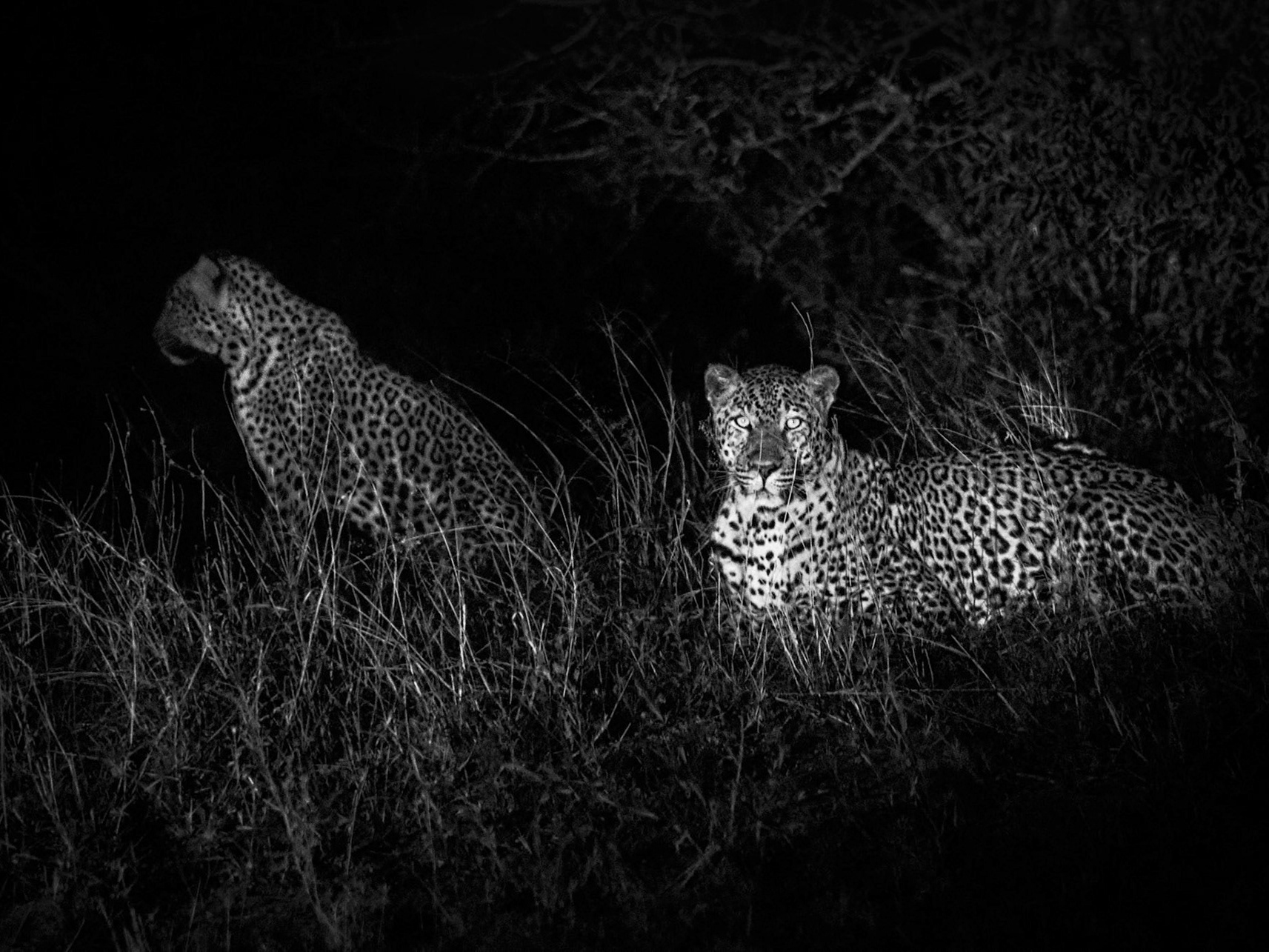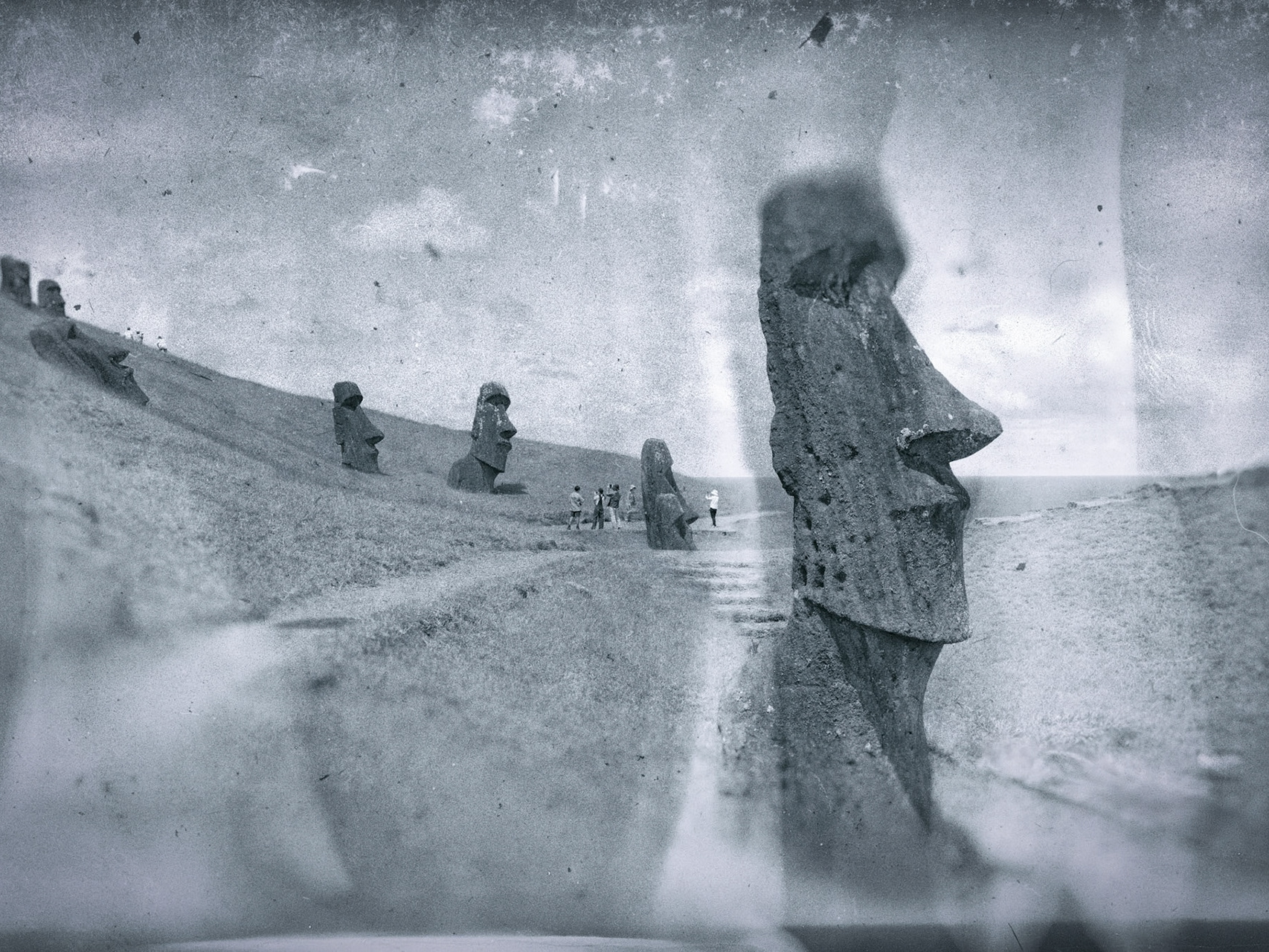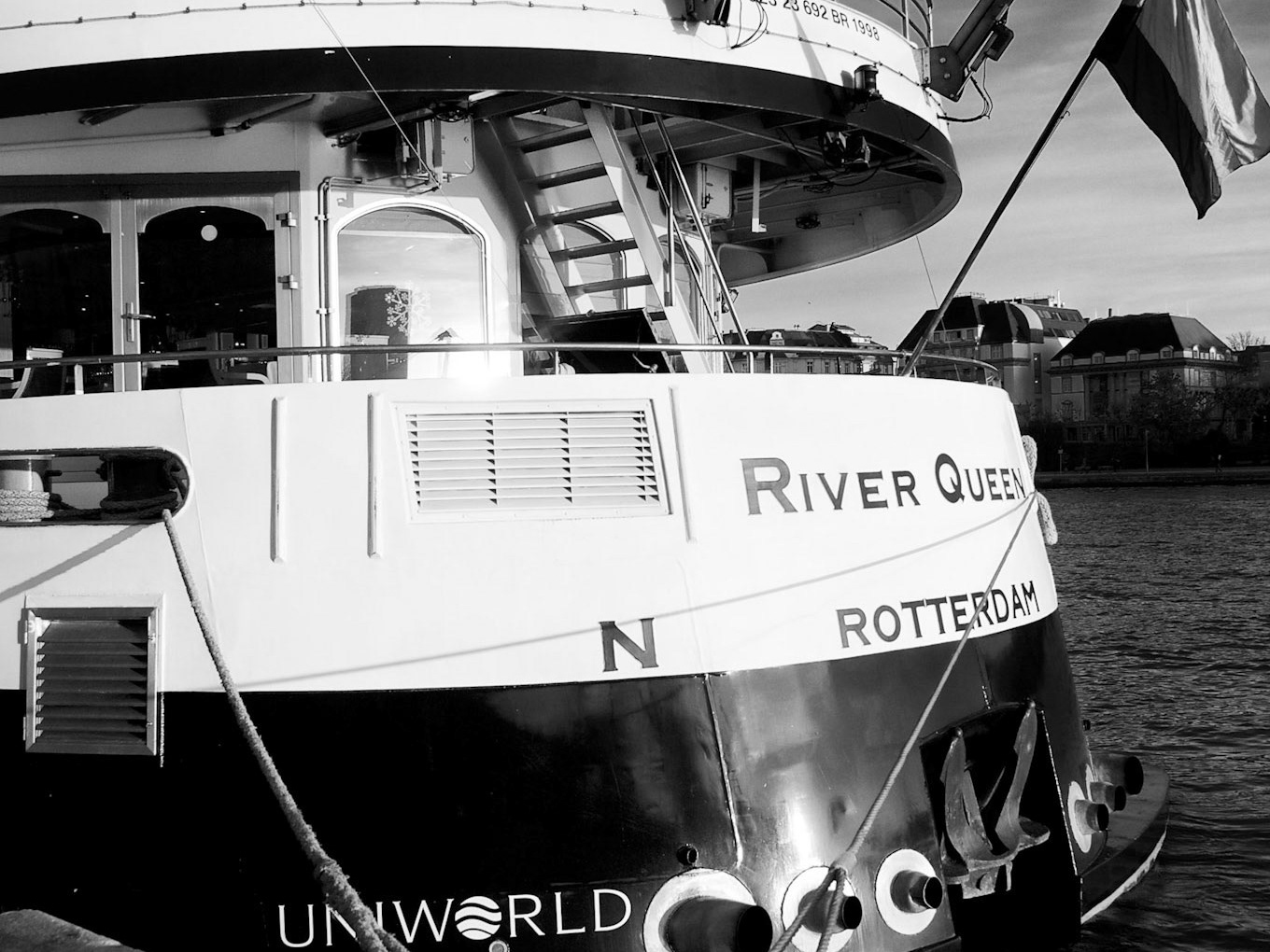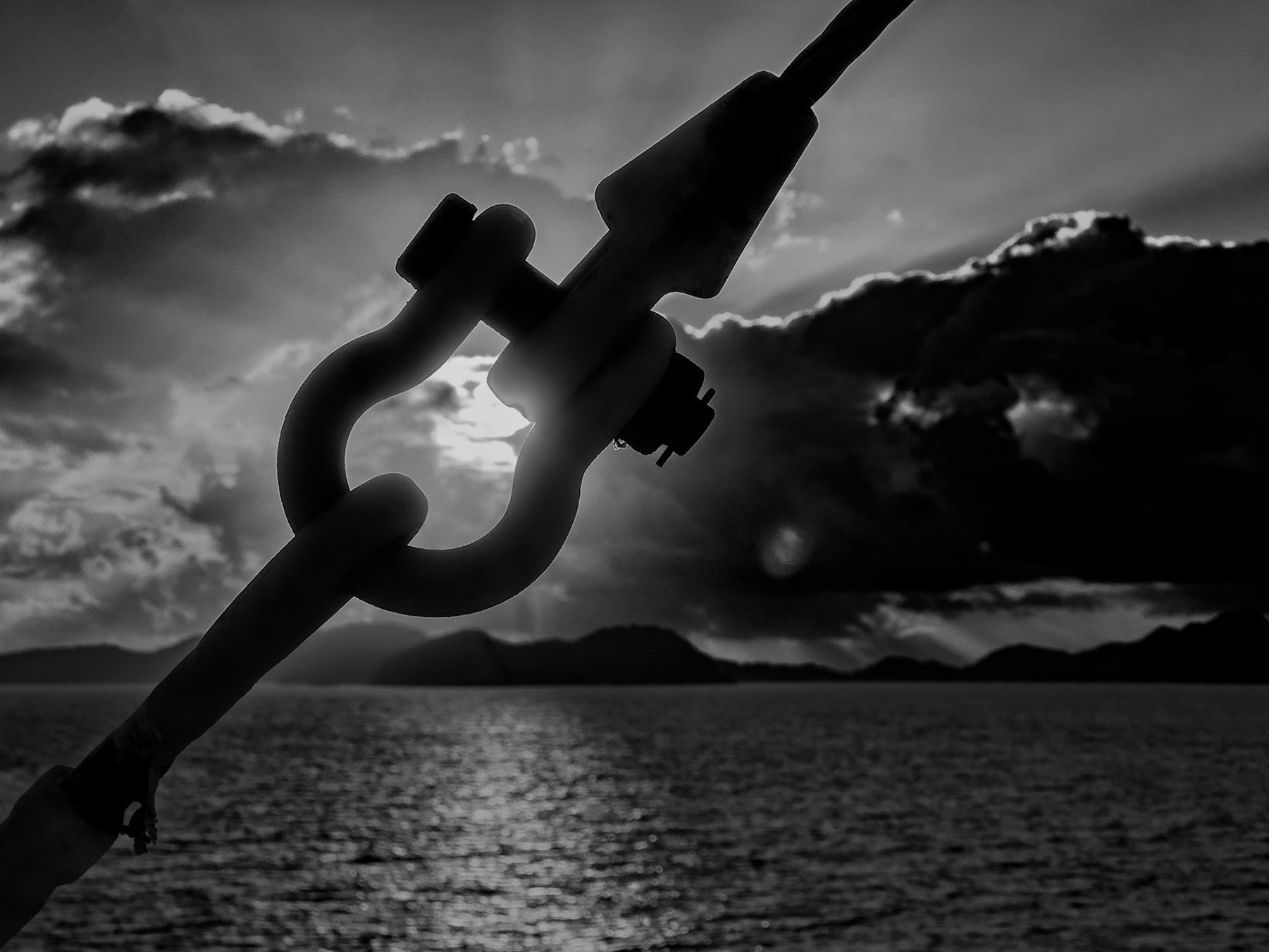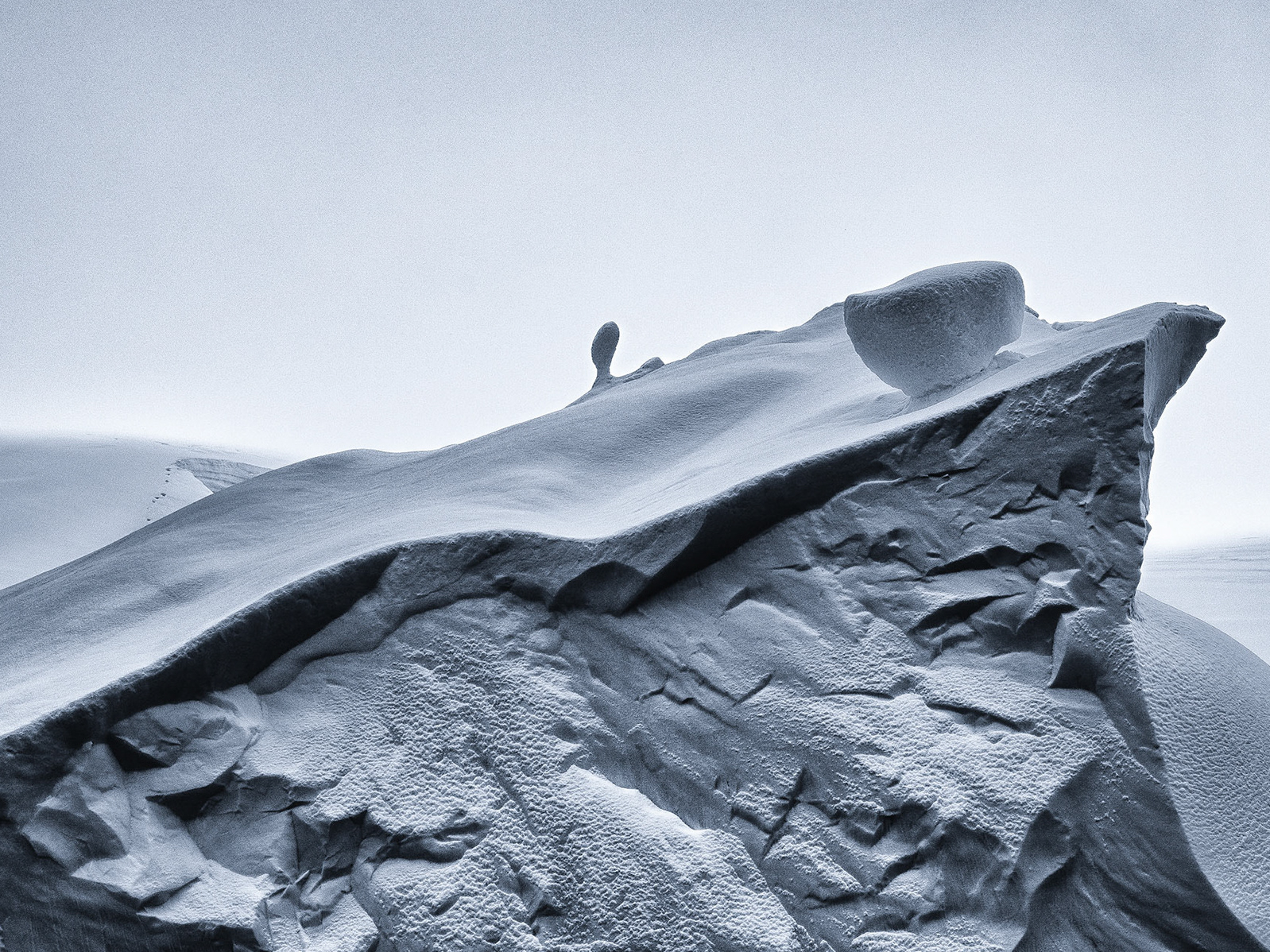
The sunrise peaks out from behind the northenr tip of Isla Isabela in the Galapsgos Islands, Ecuador.While the color version of this shot is appealing, I'm partial to this black and white version. In either case it was certainly betting up at 5am to wait for this scene as we made our was around the island.

Yes - the sky really was that orange. The sunrise peaks out from behind the northenr tip of Isla Isabela in the Galapsgos Islands, Ecuador.

flightless

Quito Ecuador

Yah, I was trying to be funny with a play on - 'Sun Block' - and a play on 'Block and Tackle' - when I was composing this shot and messing with image titles. Still, I'm giving myself an attaboy for even having that notion come to mind as we enjoy one of many great South Pacific sunsets.

Yes - the sky really was that orange. Yet another brilliant Galapagos island sunset in the South Pacific.

Check out the webbed feet on the Galapagos flightless cormorant (Phalacrocorax harrisi), an endemic species to Galapagos Islands, this one on Isabela Island.

When swimming on the surface of the water, these vaguely resemble a loon or duck. They hang out close to shore and congregate on rocky outcrops They are definitely unafraid of humans and they wandered right upon in the water. Check out the underwater shot just as thig one dove for dinner.

09 Juy 2019: Brian Huculak (L) and Paula Rosson (R) getting wet in the Galápagos Islands. Photo credit:Brian Huculak (selfie)

13 Feb 2020: Brian Huculak - Paula Rosson, at the equator in Ecuador. Photo credit: unknown

Paula flashing gang signs while snorkeling

flightless Cormorants are incredibly graceful in the water

Sula nebouxii cleared for takeoff

The Brown Pelican is a common resident of Galapagos. While ungainly on land (as pictured here), these large, heavy water birds are accomplished gliders.

Galapagos Islands

The quintessential pose from the quintessential bird that seems to be a poster bird for the galapagos islands,

Panga spelunking brought some welcome shade and interesting geology as we take a look inside the cave at Punta Vicente Rica on the northwestern tip of Isabela Island.

We crossed over the equator into the souther hemisphere on our tour through the Galapagos Islands. This image is a silly commentary on that excursion. :-D

Stretch Armstrong
![A bull sea lion [Galapagos sea lion - (Zalophus wollebaeki)] bellows as we wander a Galapagos Island beach](data:image/gif;base64,R0lGODlhAQABAIAAAAAAAP///yH5BAEAAAAALAAAAAABAAEAAAIBRAA7)
A bull sea lion [Galapagos sea lion - (Zalophus wollebaeki)] bellows as we wander a Galapagos Island beach

Wandering the Galapagos Islands as the sun sets is a remarkable moment.

As if on queue, the bow wave from the panga frames the northern red cliff face of Rábida Island.

The south pacific sun is setting as the panga arrives for a pickuip on the brilliant red sands of Rábida Island. Sadly, the sea lion won't be vacating the beach as it lost a fight with a shark.

The geological makeup of these primarily volacnic islands is amazing to put it mildly.

Endemic species to the Galápagos Islands

While abundant, the Nazca Booby are not endemic to the Galápagos and are prolific on the western cliffs of Española Isle. Very interesting behaviors despite their feet not being as colorful as the Blue-Footed Booby.

Infant Nazca Boobie are almost nothing more than balls of tuft down.

Here's a couple passing twigs to build their nest

The happy guests on our cruise

Rosy Flamingo (Phoenicopterus ruber roseus) on Rabida Island, Galapagos Islands

Brown Pelican (Pelecanus occidentalis) in the Galapagos Islands

Galapagos Islands

Magnificent Frigatebird (Fregata magnificens) The distinctive red throat band is actually a gular sac or pouch that is inflated during mating season and is distinctive to males,
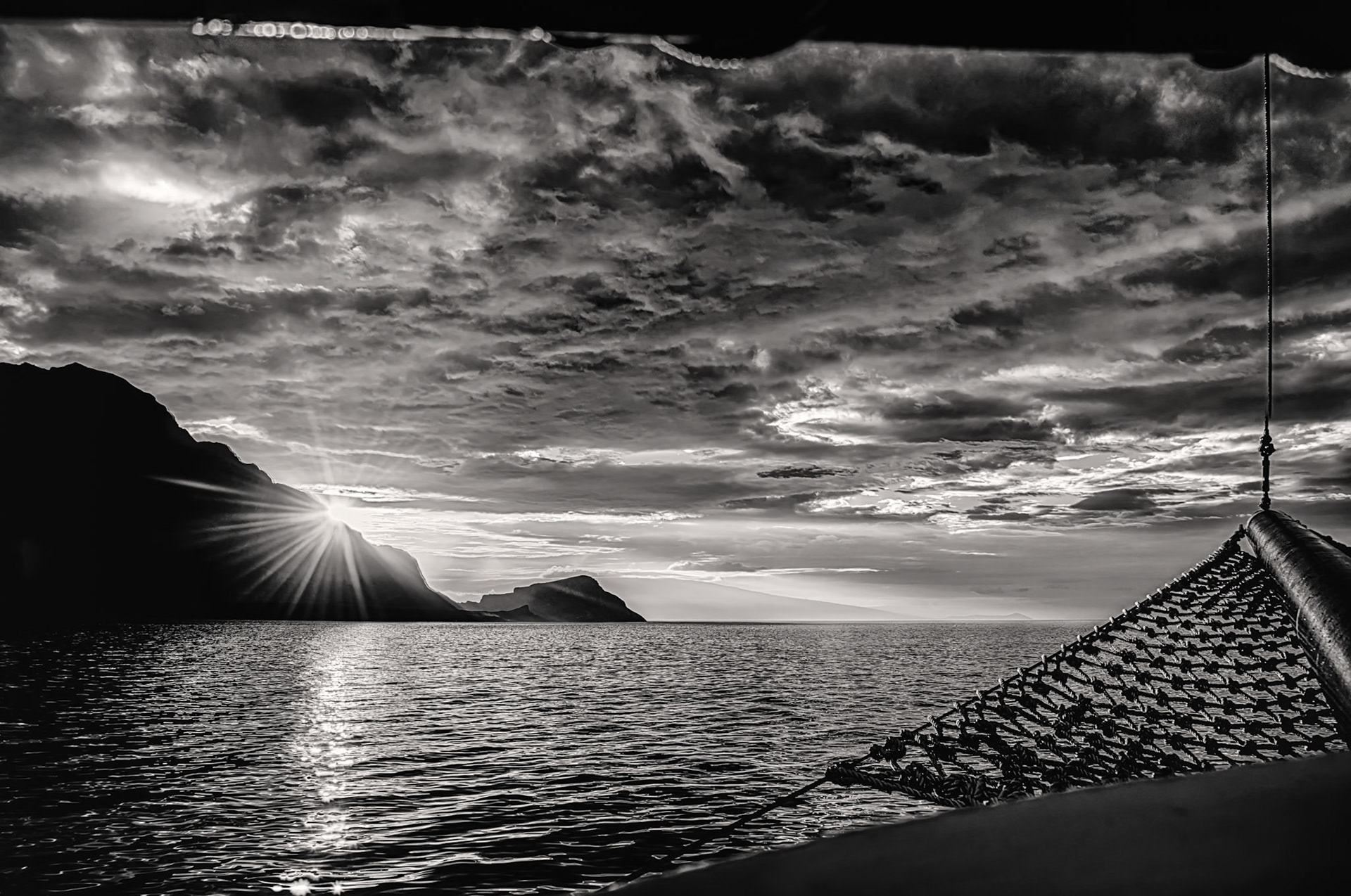
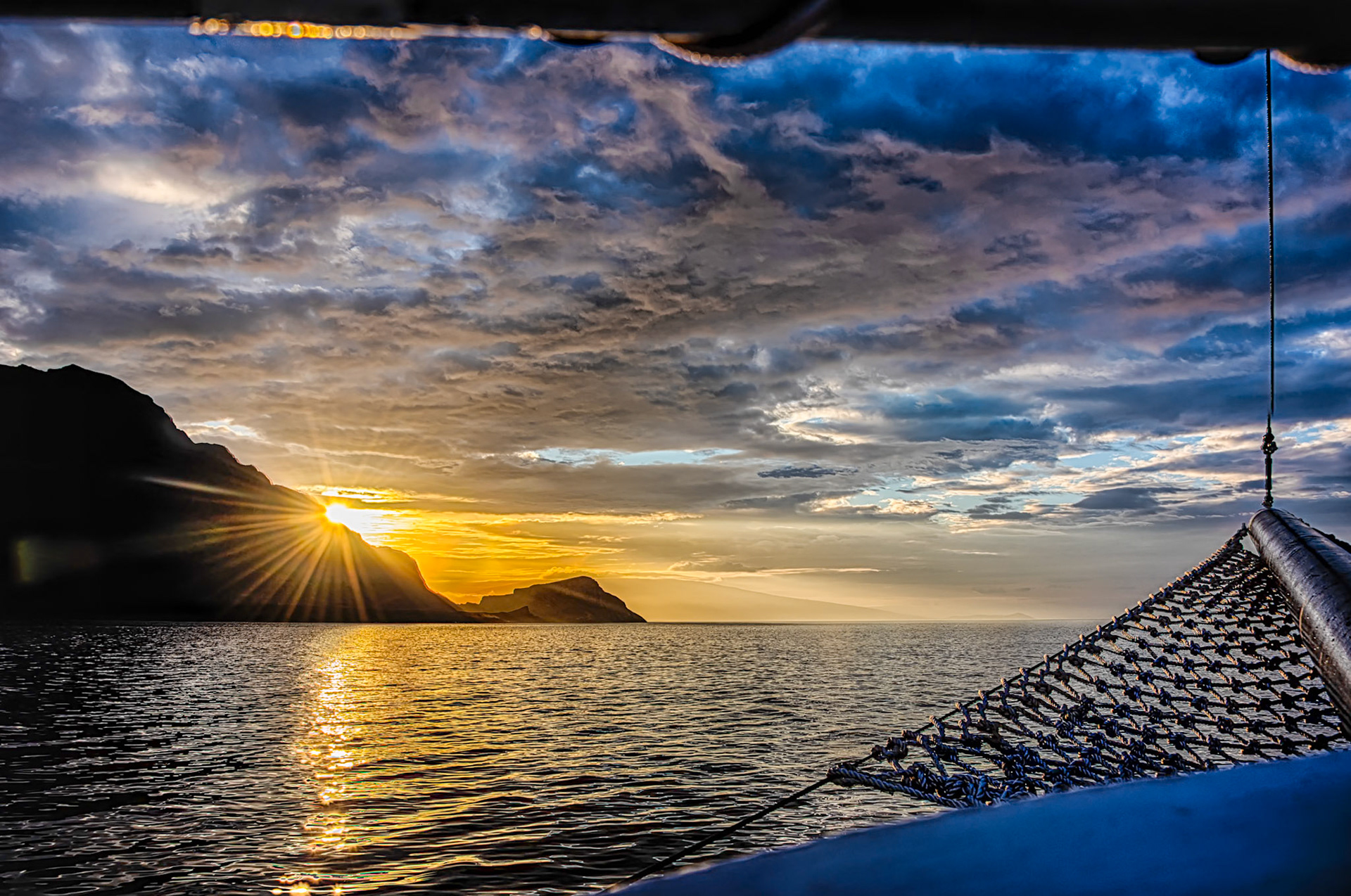
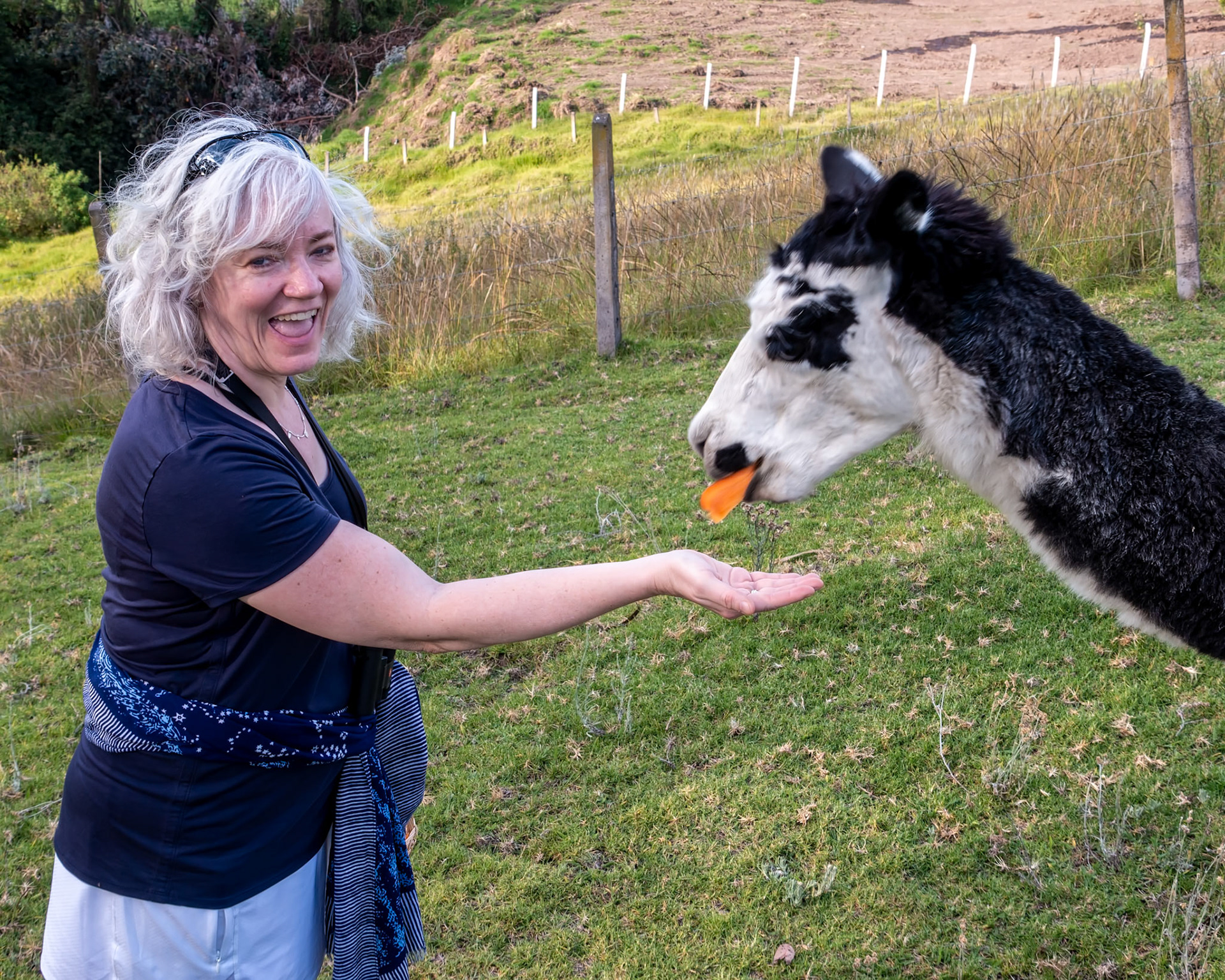

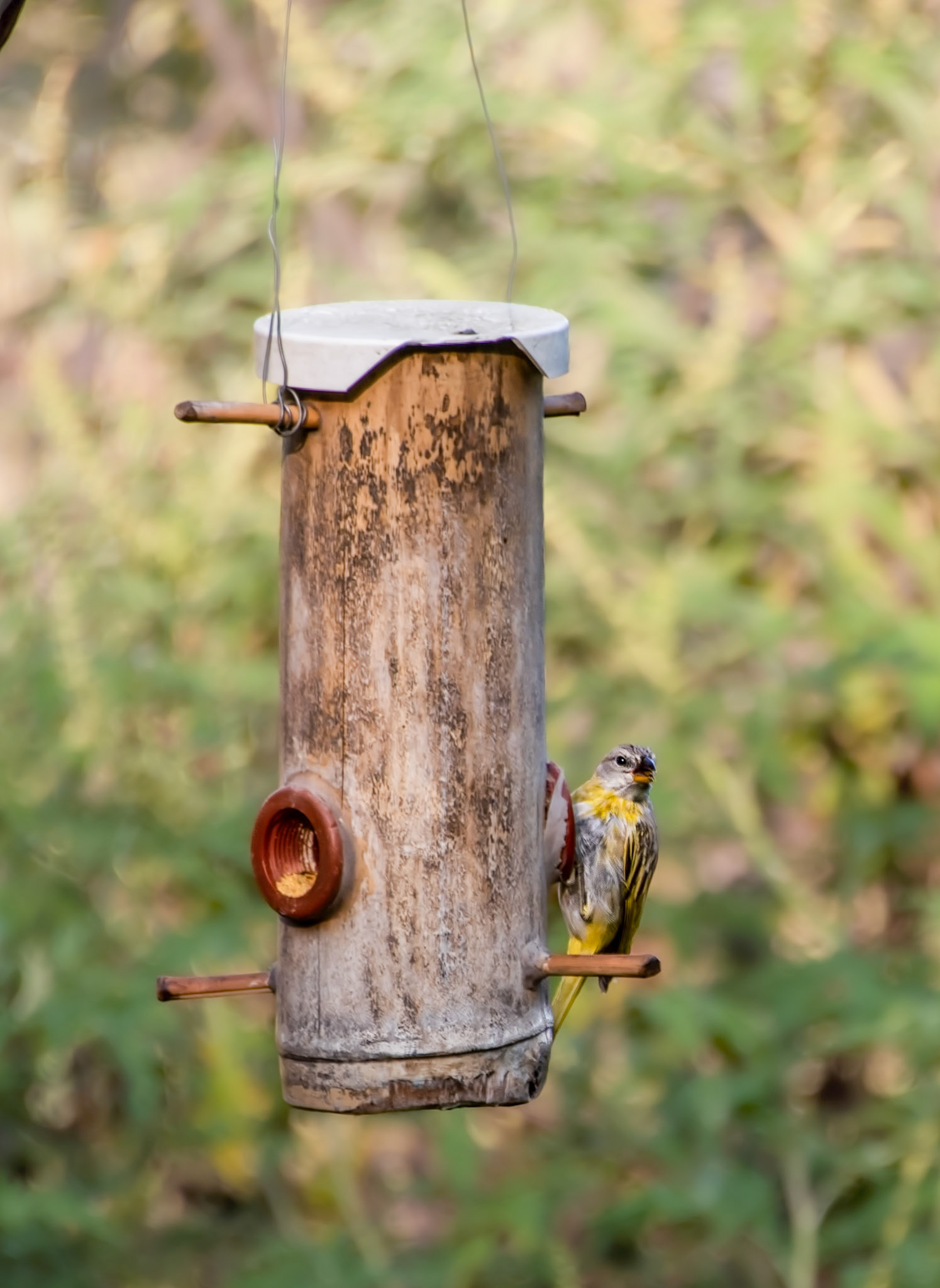
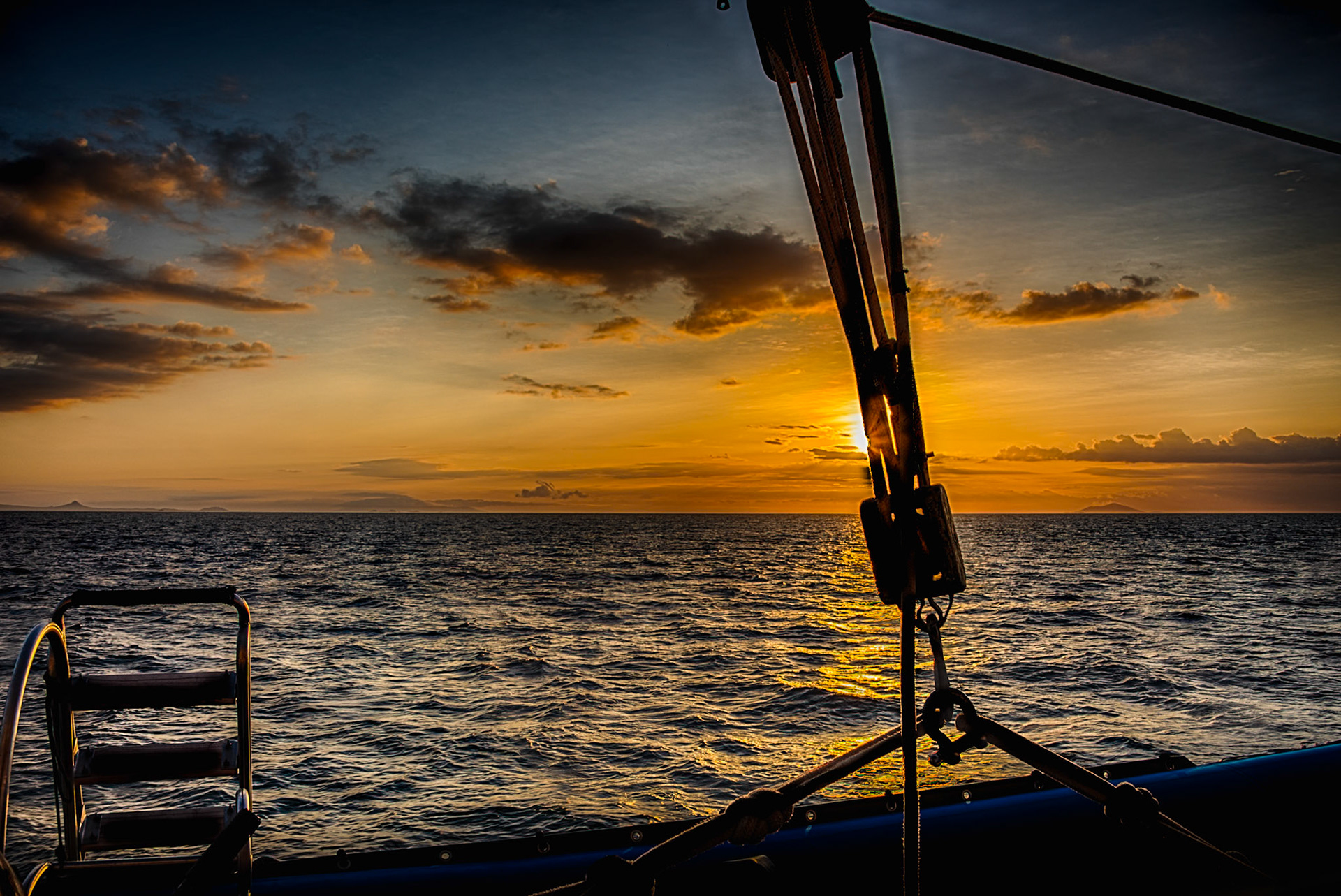
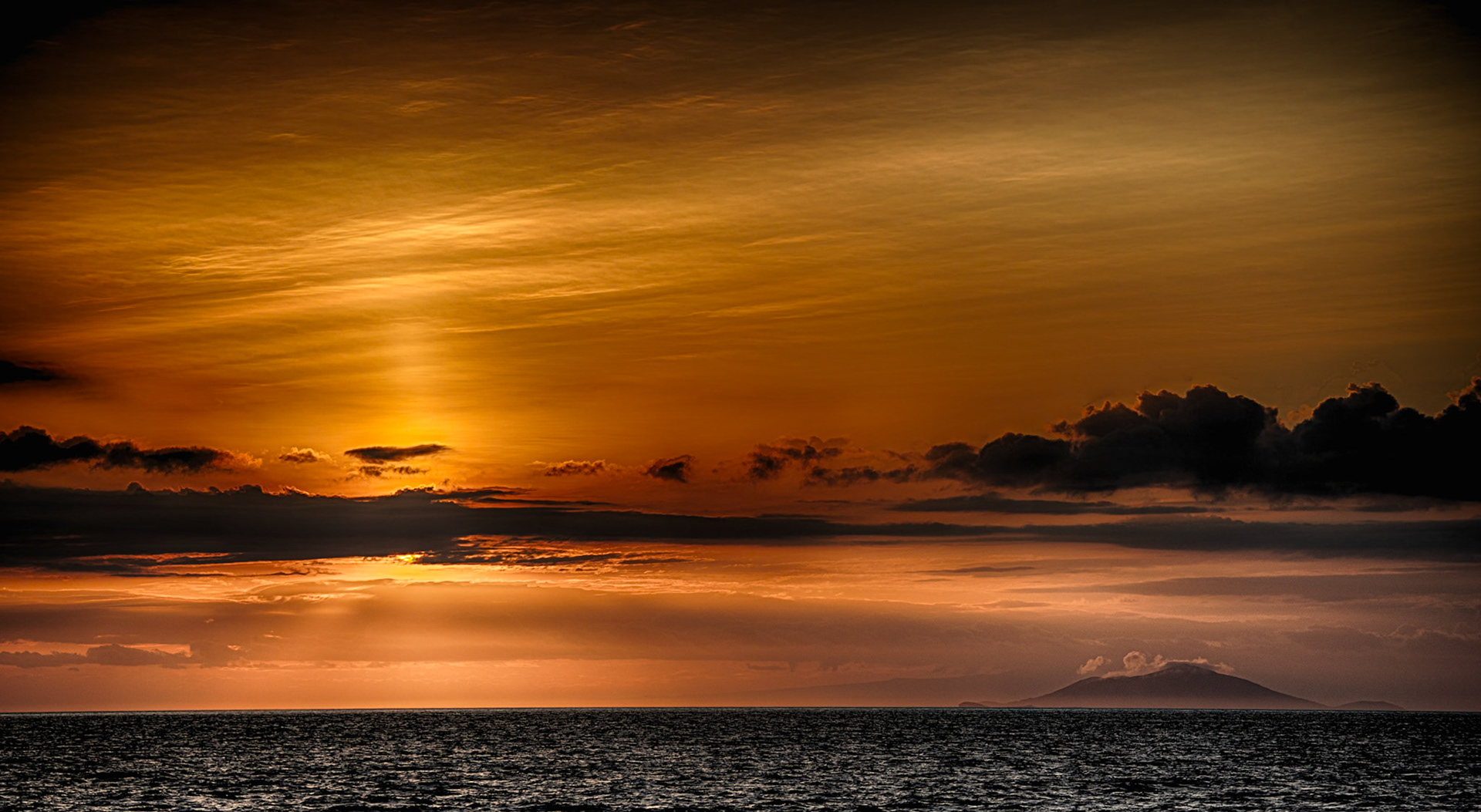
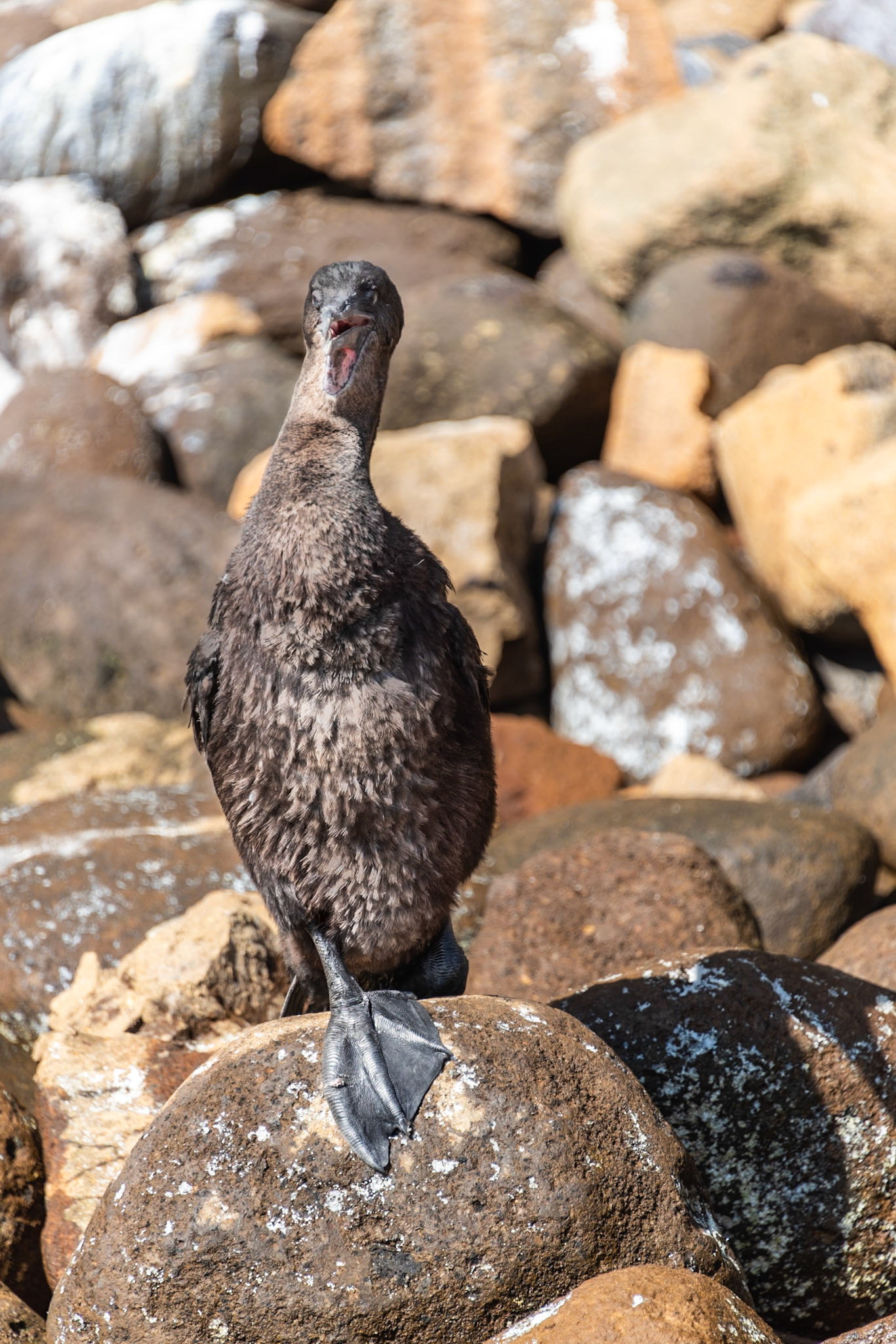
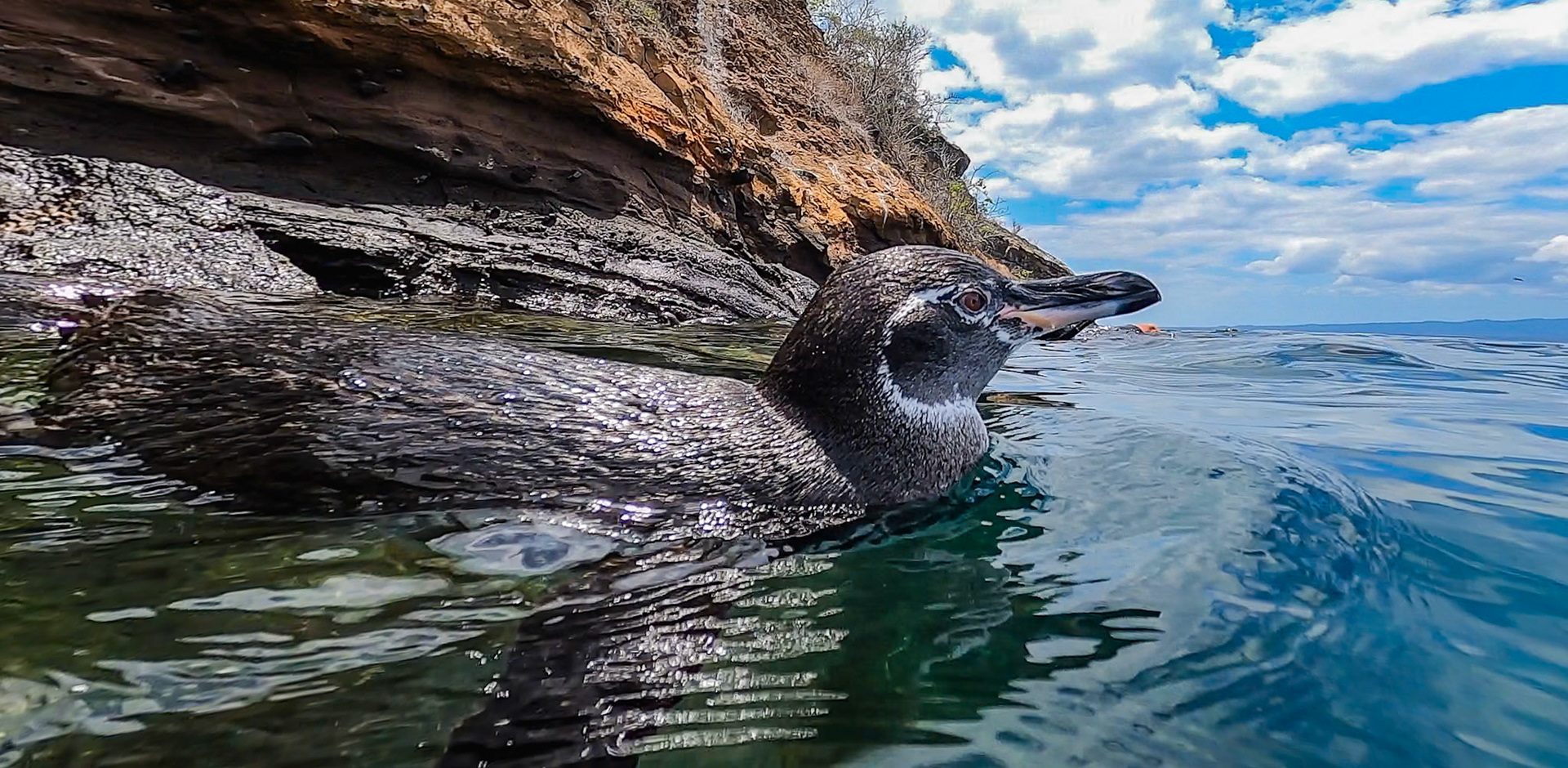
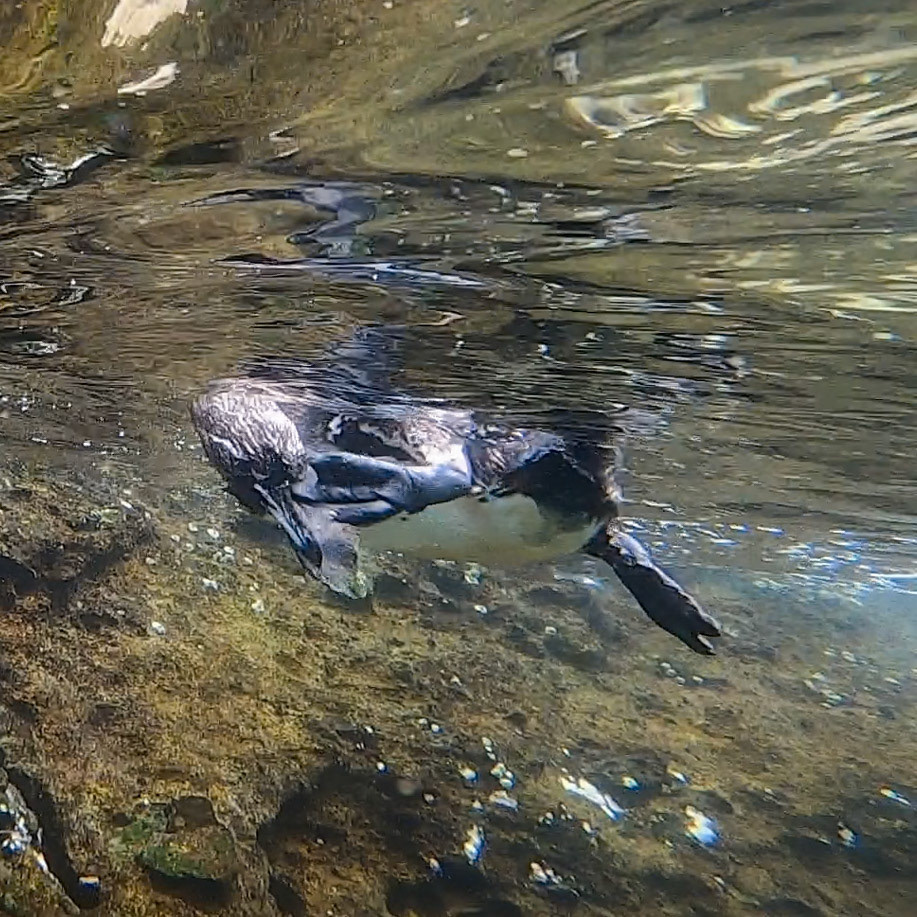























![A bull sea lion [Galapagos sea lion - (Zalophus wollebaeki)] bellows as we wander a Galapagos Island beach](https://cdn.myportfolio.com/50613ff4-28da-41ed-835e-560b174f847d/66e2fe99-c2c2-4afd-b2ab-9f8fd505b3b8_rw_1920.jpg?h=af10f754d927cbd0950236807d622aab)






















